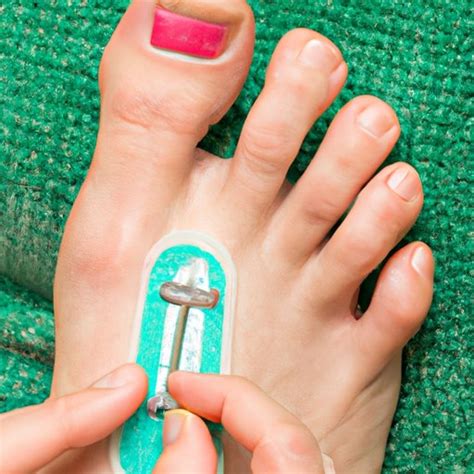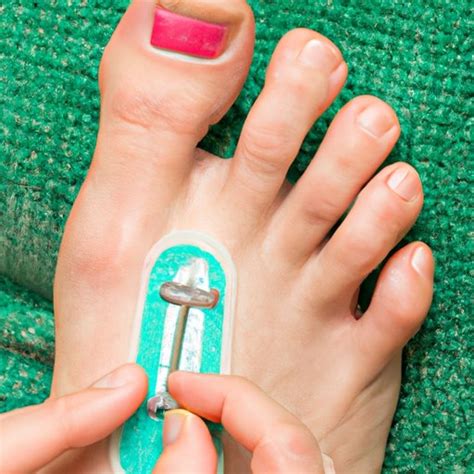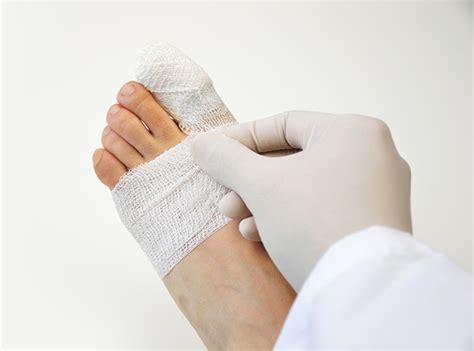Intro
Learn 5 essential tips for proper broken toe care, including pain management, toe protection, and recovery strategies to promote healing and prevent infection, ensuring a swift return to normal activities with minimal complications.
Taking care of a broken toe can be a challenging and painful experience, but with the right approach, you can promote healing, reduce discomfort, and prevent complications. A broken toe, also known as a toe fracture, occurs when one of the bones in the toe breaks. This can happen due to a sudden injury, such as dropping something on the toe, or repetitive stress on the toe. Proper care and treatment are essential to ensure that the toe heals correctly and that you can return to your normal activities as soon as possible.
The importance of proper broken toe care cannot be overstated. If left untreated or poorly managed, a broken toe can lead to various complications, including infection, deformity, and chronic pain. Moreover, a broken toe can significantly impact your daily life, making it difficult to walk, exercise, or engage in other physical activities. By following the right care and treatment plan, you can minimize the risk of complications, promote faster healing, and reduce the risk of long-term damage.
A broken toe can be a frustrating and debilitating injury, but with the right approach, you can take control of your recovery and get back on your feet quickly. Whether you're an athlete, a busy professional, or simply someone who enjoys staying active, taking care of a broken toe requires attention to detail, patience, and a commitment to following a well-structured treatment plan. In this article, we'll explore the essential tips and strategies for broken toe care, including how to promote healing, manage pain, and prevent complications.
Understanding Broken Toe Care

Benefits of Proper Broken Toe Care
Proper broken toe care offers numerous benefits, including faster healing, reduced pain and discomfort, and a lower risk of complications. By following a well-structured treatment plan, you can promote bone healing, reduce inflammation, and prevent infection. Moreover, proper broken toe care can help you return to your normal activities quickly, reducing the risk of long-term damage and promoting overall health and well-being. Some of the key benefits of proper broken toe care include: * Faster healing and recovery * Reduced pain and discomfort * Lower risk of complications, such as infection and deformity * Improved mobility and function * Reduced risk of long-term damage and chronic pain5 Tips for Broken Toe Care

Additional Tips for Broken Toe Care
In addition to the above tips, there are several other strategies that can help promote healing and reduce discomfort. These include: * Applying ice to the affected area to reduce swelling and pain * Using crutches or a walking aid to reduce weight-bearing on the affected toe * Avoiding tight or constrictive clothing that may exacerbate the injury * Elevating the affected foot while sleeping to reduce swelling and promote healing * Monitoring the toe for signs of complications, such as infection or deformityCommon Complications of Broken Toe Care

Preventing Complications of Broken Toe Care
Preventing complications of broken toe care requires a comprehensive approach that includes proper wound care, pain management, and lifestyle modifications. Some strategies for preventing complications include: * Keeping the affected area clean and dry * Applying antibiotic ointment to reduce the risk of infection * Elevating the affected foot to reduce swelling and promote healing * Avoiding tight or constrictive clothing that may exacerbate the injury * Monitoring the toe for signs of complications, such as infection or deformityConclusion and Next Steps

We hope this article has provided you with valuable insights and information on broken toe care. If you have any questions or comments, please don't hesitate to reach out. Share this article with your friends and family to help them understand the importance of proper broken toe care.
What are the symptoms of a broken toe?
+The symptoms of a broken toe include pain, swelling, bruising, and difficulty walking or bearing weight on the affected foot.
How long does it take for a broken toe to heal?
+The healing time for a broken toe can vary depending on the severity of the injury, but most broken toes heal within 4-6 weeks.
What are the complications of a broken toe?
+The complications of a broken toe include infection, deformity, chronic pain, and arthritis.
How can I prevent a broken toe?
+You can prevent a broken toe by wearing proper footwear, avoiding hazards, and taking regular breaks to rest and stretch your feet.
When should I seek medical attention for a broken toe?
+You should seek medical attention for a broken toe if you experience severe pain, swelling, or difficulty walking, or if you suspect a complication such as infection or deformity.
